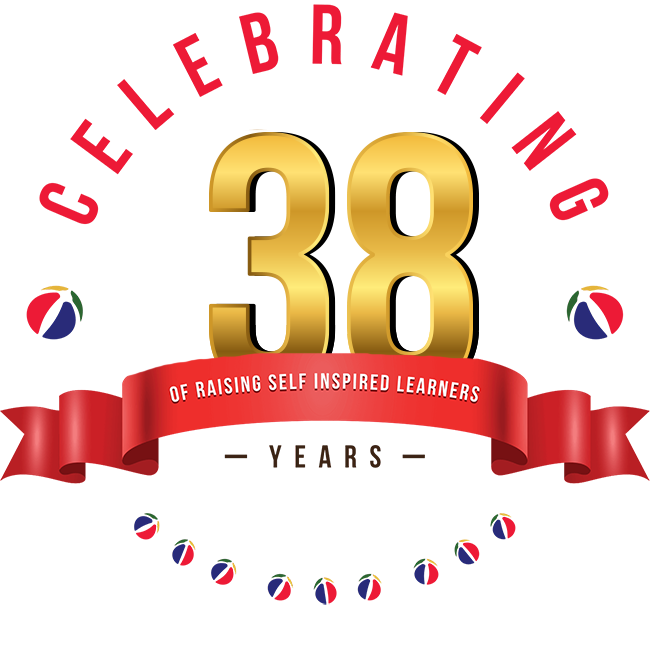Sending your toddler off to preschool for the first time can be daunting—for both you and your child. Separation anxiety is a natural part of early childhood development, and it’s something many parents, educators, and caregivers encounter. If your little one struggles with separation anxiety at school or away from home, rest assured that it’s a common experience and that there are ways to make this adjustment smoother.
This blog will help you understand separation anxiety in toddlers while sharing thoughtful, actionable strategies to ease this transition. By the end of this post, you’ll feel more confident in supporting your child during this important milestone.
What is Separation Anxiety in Toddlers?
Separation anxiety is the fear or distress that some children feel when separated from their primary caregiver. It’s most prevalent in children aged 8–14 months but can continue into toddler years, particularly as children begin attending daycare or preschool. Separation anxiety in toddlers’ age is perfectly normal and often signals healthy attachment. However, by taking proactive steps, you can help your child feel more secure and develop tools to manage their emotions.
Here are some proven strategies to ease separation anxiety and set the stage for a brighter transition to school or childcare.
Step 1: Create a Gradual Transition Plan
For many toddlers, abrupt changes in routine can be overwhelming. Gradually exposing your child to new environments can help ease the adjustment process. Start by visiting the preschool or daycare center together before their first day. Let them explore the classroom, meet the teacher, and interact with other children. This familiarity will make the eventual separation less intimidating.
Practical Tips:
- Schedule short “drop-in” visits where you and your child can observe and interact together.
- Talk about what they will do each day, highlighting fun aspects like storytime or play areas.
- Set up playdates with peers who will attend the same school, establishing friendships early.
Step 2: Build Strong Morning Routines
A consistent morning routine provides a sense of stability and control for your toddler. When they know what to expect, their anxiety decreases. Include playful, upbeat activities in the morning to start their day on a positive note.
Practical Tips:
- Establish a predictable wake-up and breakfast schedule.
- Offer choices to empower them, like picking their outfit or snack for the day.
- Use positive affirmations like, “You’re going to have such a fun day at school today!”
Step 3: Practice Short Goodbyes and Reassurance
Long or dramatic goodbyes can heighten anxiety for toddlers. Instead, keep your farewells short but warm. A quick hug and cheerful reminder that you’ll be back later can reassure your child while building their trust.
Practical Tips:
- Create a goodbye ritual—a special handshake, hug, or phrase they can associate with security.
- Always tell your child when you’ll return, using language they understand (e.g., “I’ll be back after lunch”).
- Resist the urge to sneak away, as this can break their trust and increase distress.
Step 4: Pack Comfort Items
For toddlers struggling with separation anxiety at school, having a comfort item can provide emotional security. Encourage your child to bring something from home that reminds them of family—this could be a stuffed animal, blanket, or small token.
Practical Tips:
- Choose a lightweight item they can easily carry in their backpack.
- Create a “pocket photo” of your family or a favorite memory to keep close.
- If allowed, write a loving note to include in their lunchbox.
Step 5: Foster Independence and Confidence
Encouraging independent play and problem-solving at home helps build your toddler’s confidence. The more self-reliant they become, the easier it is for them to feel secure in other environments.
Practical Tips:
- Assign small tasks like putting away toys or choosing a book to read together.
- Praise their achievements, no matter how small, to build self-esteem.
- Encourage them to spend short periods with trusted relatives or caregivers.
Step 6: Communicate with Teachers and Caregivers
The preschool staff or daycare teachers are your partners in easing child separation anxiety. Share any concerns with them and work collaboratively to create a personalized plan that supports your child’s needs.
Practical Tips:
- Inform the teacher about any triggers or routines that help calm your child.
- Ask for regular updates on your child’s progress during drop-off or pick-up.
- Partner with the school to implement consistent strategies both at home and in class.
Step 7: Be Patient with the Process
Separation anxiety in toddlers is not something that resolves overnight—it’s a gradual process. As your child adjusts, they’ll begin developing emotional resilience and confidence. Celebrate small wins and remember that every step forward is progress.
Practical Tips:
- Maintain a calm and positive demeanor; your energy greatly impacts your child’s emotions.
- Don’t rush the process, and avoid comparing your child’s progress to others.
- Revisit strategies as needed, adapting to your child’s development and new challenges.
Supporting Lifelong Confidence
Separation anxiety in toddlers is a natural and temporary challenge that can be overcome with preparation, reassurance, and love. By fostering independence, partnering with teachers, and establishing routines, you’re setting the foundation for a confident, resilient, and curious learner.
Every child progresses at their own pace, and there’s no one-size-fits-all solution. But if you focus on building your toddler’s sense of security and self-worth, you’ll ease this transition—and future ones, too.


